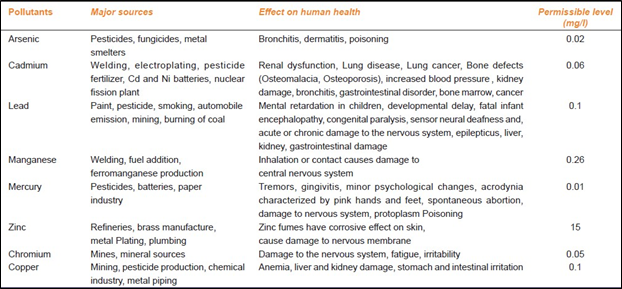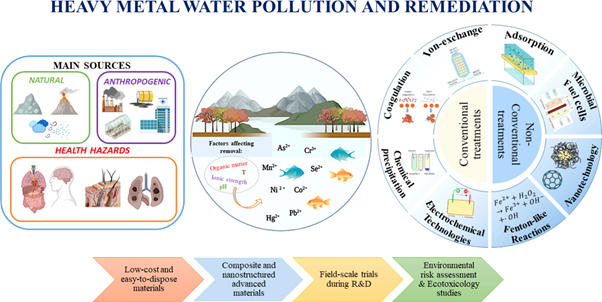

Context
According to Centre for Science and Environment (CSE), heavy toxic metals such as lead, iron, nickel, cadmium, arsenic, chromium and copper were present at alarming levels.
About
Key Findings:
- Heavy Metal Contamination:
- In about a fourth of the monitoring stations, which are spread across 117 rivers and tributaries, high levels of two or more toxic metals were reported.
- Of the 33 monitoring stations in Ganga, 10 had high levels of contaminants.
- Coastline erosion: Over a third of India’s coastline that is spread across 6,907 km saw some degree of erosion between 1990 and 2018. West Bengal is the worst hit with over 60% of its shoreline under erosion.
- Ocean Health:
- While the global average of the Ocean Health Index, a measure that looks at how sustainably humans are exploiting ocean resources, has improved between 2012 and 2021.
- India’s score in the index has declined over the same period.
- India’s Forest Cover:
- India has a forest cover of 77.53 million hectares. But recorded forests, the area under the forest department with forest cover are only 51.66 million.
- This gap of 25.87 million hectares —a size bigger than Uttar Pradesh— remains unaccounted.

Heavy Metal Pollutants and its effects on Human health:
|
About Centre for Science and Environment (CSE):
|



